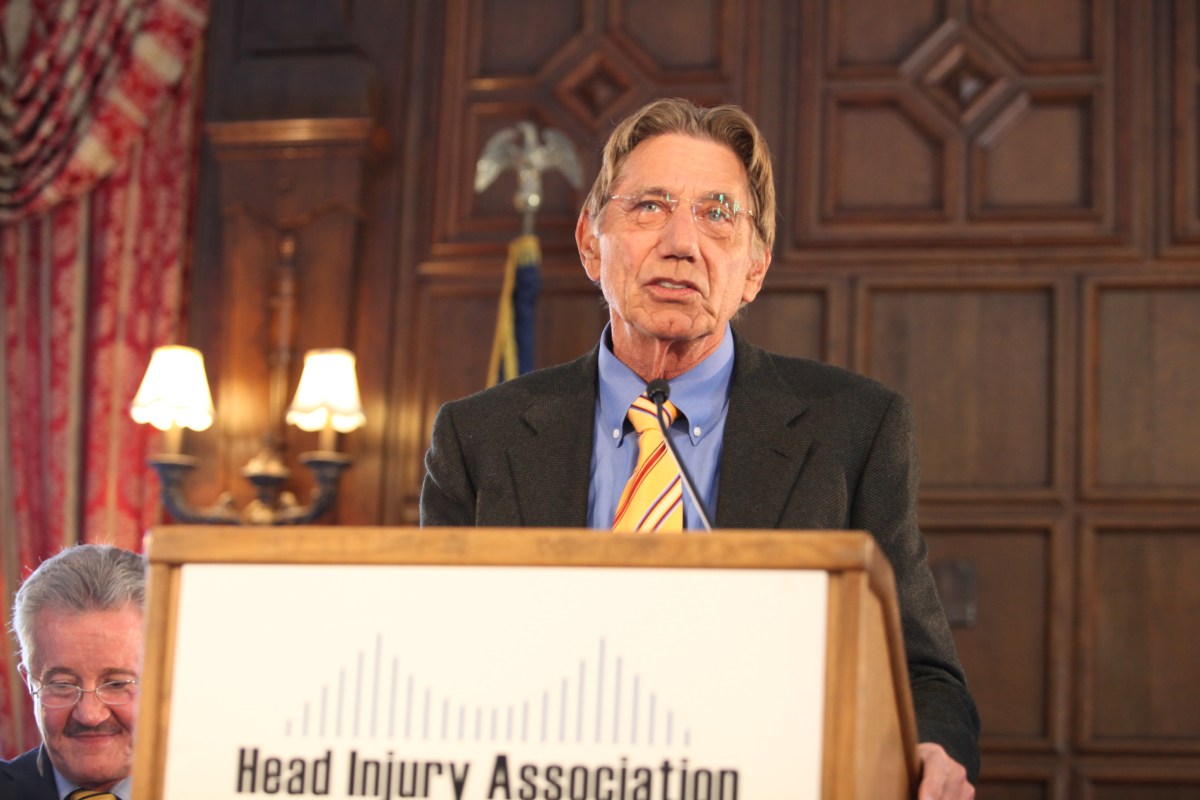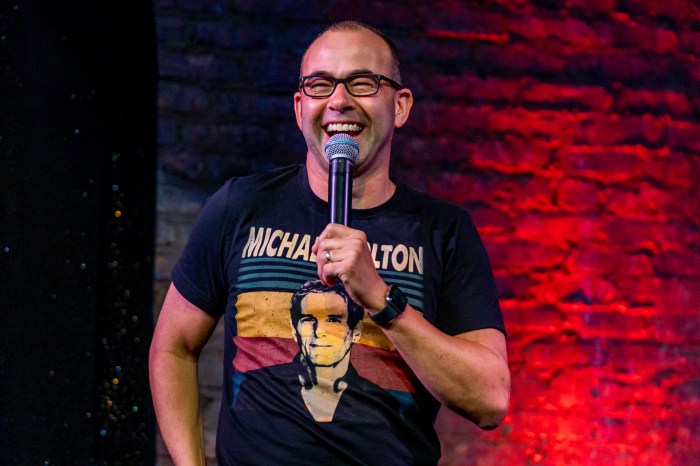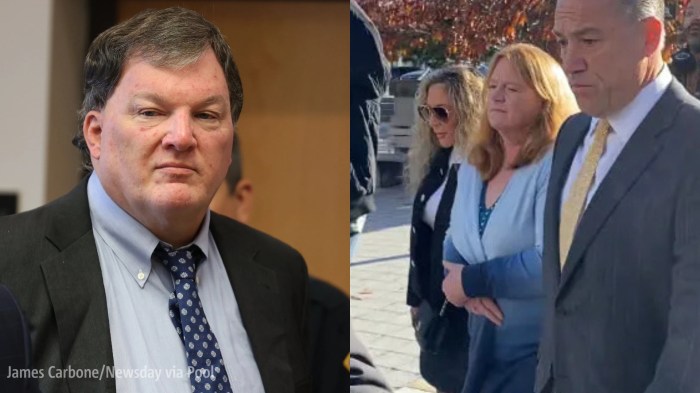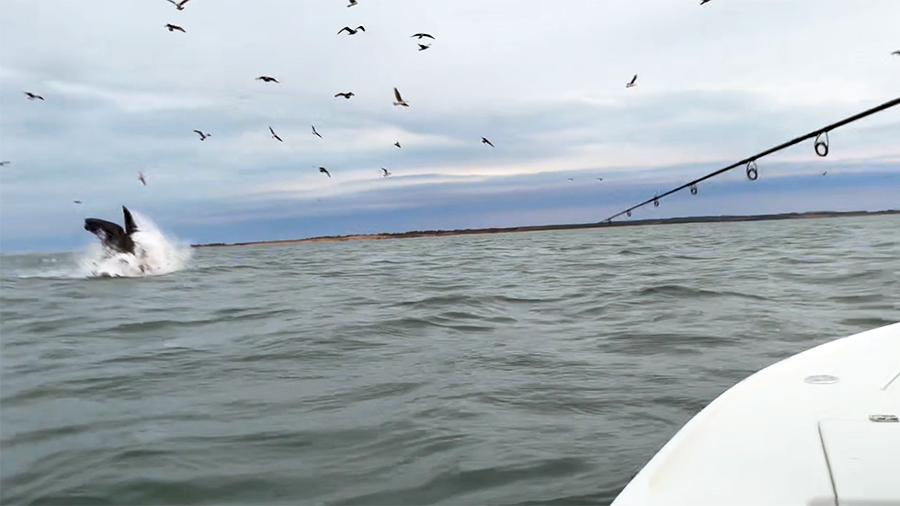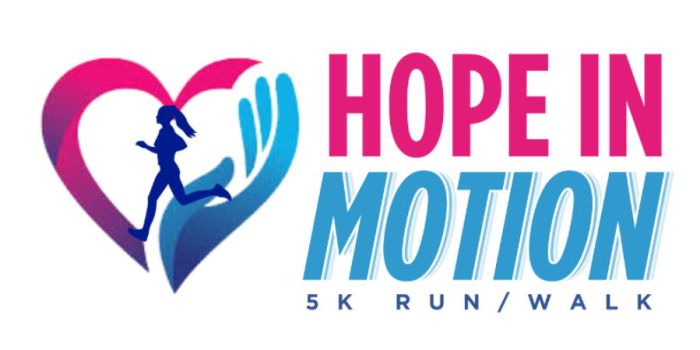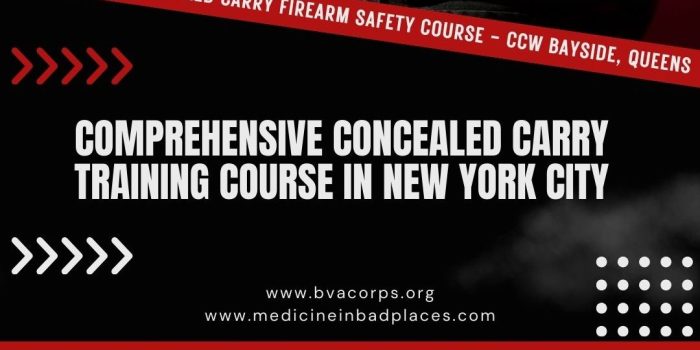Former Jets legend Joe Namath estimates that he suffered five concussions in his career. Decades later, another Jets great, Curtis Martin, remembers one particularly devastating hit that had him so dazed that he walked into the wrong huddle. Islanders hero Bob Nystrom said he suffered six concussions, including one that had the newlywed briefly forgetting his wife’s name.
These New York sports legends and others gathered at NYIT-Old Westbury this week to bring attention to the massive scale of head injuries in sports as part of the annual Head Injury Awareness Celebrity Sports Forum organized by the Hauppauge-based Head Injury Association.
The event, which coincided with Brain Injury Awareness Month, drew a large crowd that included high school coaches and various professionals.
Namath and his fellow athletes were part of a panel using their celebrity status to highlight the need for more research and education on concussions. Experts were also on hand to discuss new treatment options, including hyperbaric oxygen therapy, also known as HBOT, which is commonly associated with healing wounds.
“We need to discover more about our brains, we need to find out how to heal them,” Namath told the crowd. “So, let’s stay after that. Let’s stay strong and continue the efforts to healing the brain once it’s been injured.”
Namath is doing more than just lending his voice. He has also attached his name to the Jupiter, Fl.,-based Joe Namath Neurological Research Center, which has been experimenting with hyperbaric oxygen therapy for brain injuries.
Namath has completed 120 so-called “dives” in the chamber, though he joked that the first two times he was ensconced in the tube-like machine were unsettling.
Dr. Barry Miskin, co-medical director at the research center, presented scans of Namath’s brain over the course of treatment that indicated improvements.
“Hyperbaric oxygen could be a really good treatment for Traumatic Brain Injury,” Miskin told the audience. According to the Centers for Disease Control and Prevention, an estimated 2.8 million in 2013 were either hospitalized, visited an emergency room or died in the US from a Traumatic Brain Injury (TBI).
The Federal Drug Administration (FDA) has approved the treatment for 14 ailments, though concussions are not on the list, which prohibits insurance companies from providing coverage for the treatment.
“Ultimate end game is to have the drug of oxygen approved,” added Miskin.
Other professionals discussed the misconceptions about concussion treatment, such as the long-held belief that patients should spend the first few days after suffering a brain injury resting in a dark room.
New research has indicated that light exercise is the best way to treat concussed patients, especially in young people who are generally more active. But people with post-concussion syndrome may require more advanced treatment.
“We recognize that every concussion is unique,” said Hallie Zwibel, director of sports medicine at NYIT.
There was a consensus among the athletes and health professionals that concussion awareness has increased exponentially over the last few decades, though they acknowledged it was important to continue educating parents, young athletes, and coaches.
“When I was in medical school, we may have mentioned two minutes of it,” said Jerry Balentine, vice president for Medical Affairs and Global Health at NYIT.
Martin, who played 11 season in the NFL, retired in 2006. Back when he was playing, he said, exiting the game for a concussion “was a joke.”
In the decade since, the NFL, which has been criticized for its response to concussions and resulting brain injuries in retired players, announced prior to last season that it would invest $100 million to support independent medical research on concussions. Current rules establish that players who appear dazed undergo so-called “concussion protocol” before they’re cleared to play.
As treatment options go, HBOT took center stage at this week’s forum, largely due to Namath’s celebrity. The treatment has so far garnered mixed-results. Some of the most high-profile studies on HBOT have been conducted by the US government, at a cost of about $70 million.
In three separate studies, researchers returned a conclusion that any improvements were attributed to a placebo effect. But other research has been move favorable, including one in Israel that found patients with prolonged symptoms registered significant improvements because of HBOT.
Miskin characterized HBOT as a potential game-changer.
Dr. Alan Sherr, owner and operator of Northport Wellness Center and founder of Hyperbaric Medical Solutions in Woodbury, agrees.
“There’s a wide range of tools that are available for people who have experienced concussion injuries,” Sherr said after the forum. He noted that HBOT for concussions may be “new to that world in this context, but not new to the world of science as it relates to hyerbarics.”
Dr. Henry Prince, medical director at Hyperbaric Medical Solutions, said one of the biggest themes of the event was that “finally concussions are being taken seriously and that the best way to move forward is through education.”
Prince appreciates Namath’s role in pushing science forward.
“He’s saying what we’ve been saying for a long time,” he said, adding, “hyperbaric oxygen therapy remains and incredibly effective and important tool for the treatment of concussions.”
Jon Reese is the president of Mike It Count, a nonprofit that provides a range of services to veterans, including house and education. He turned to Hyperbaric Medical Solutions after suffering through a Traumatic Brain Injury stemming from multiple sports-related concussions and challenges with Post Traumatic Stress Disorder following the Sept. 11, 2001 attacks on Lower Manhattan, where he worked on Wall Street.
Reese spent years meeting with neuropsychologists and going through therapy and made a little progress. Last December he tried out HBOT and “it’s the healthiest I’ve been in 16 years,” he said.
“It’s an incredible journey,” Reese added.
Namath and his brethren noted that they’re grateful for the opportunities sports afforded them. That they’re now speaking out about the effects of head injury is not intended to preclude people from playing professional sports, they just want to ensure future athletes are armed with as much information as possible—something that eluded them when they were coming into their own.
“The only way that we’re going to make this world better for our children is through education,” said former Jet Marty Lyons. “We got to work hard at it, we got to work smart at it and we got to work together.”
(Photo credit: Steven Gaines/NYIT-Old Westbury)
Disclaimer: Hyperbaric Medical Solutions is a client of Morey Publishing, parent company of Long Island Press.




